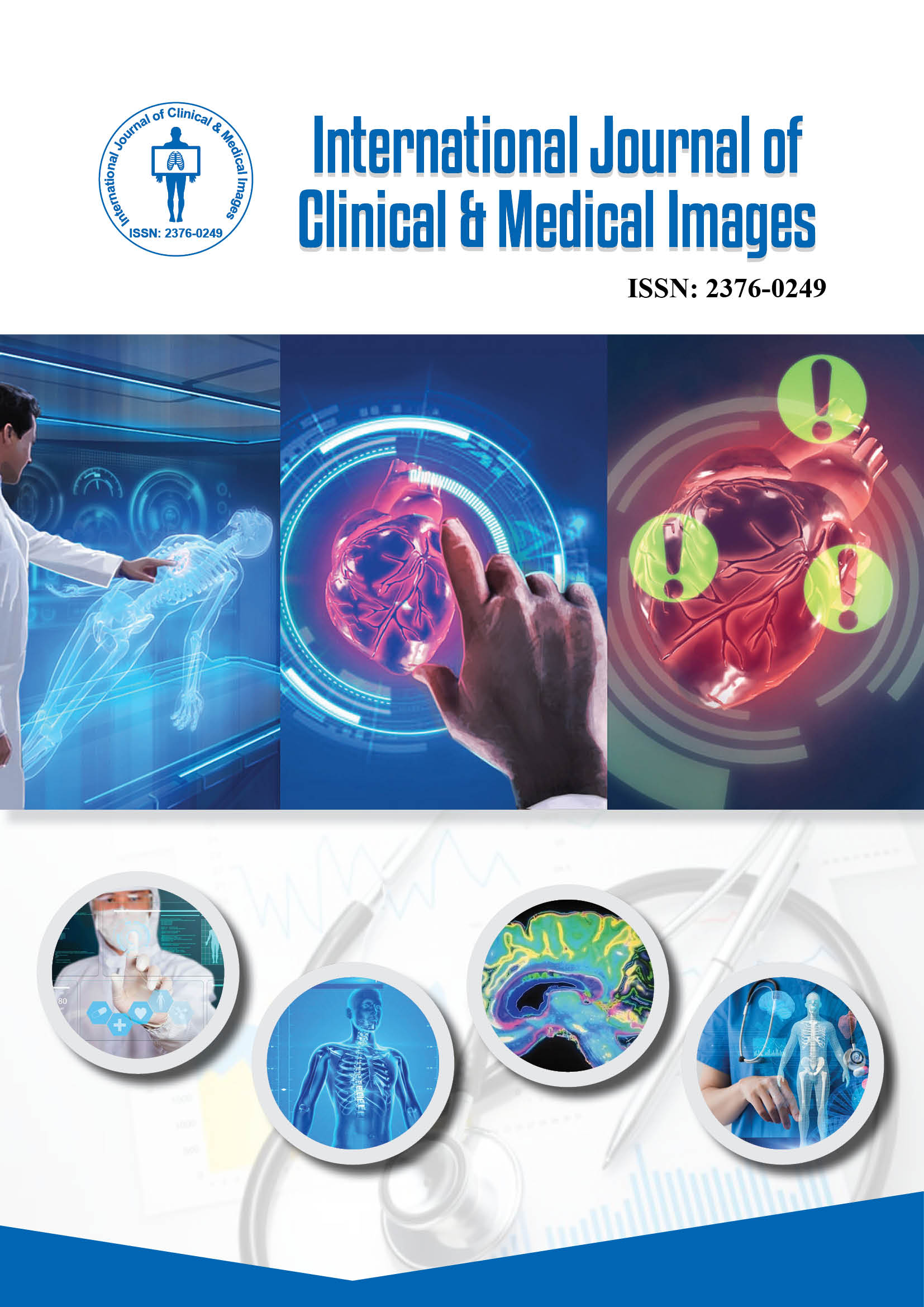2376-0249
Editorial - International Journal of Clinical & Medical Images (2025) Volume 12, Issue 6
Author(s): Swan Miller
Musculoskeletal Imaging Atlas: Bones, Joints and Soft Tissue Lesions provides a comprehensive visual guide to diagnosing disorders of the musculoskeletal system. Imaging plays a pivotal role in evaluating bones, joints and surrounding soft tissues, helping clinicians detect fractures, degenerative changes, infections, tumors and inflammatory conditions. High-quality images allow for precise localization and characterization of lesions, guiding both diagnosis and treatment planning. By presenting classical and atypical presentations side by side, this atlas serves as an essential reference for radiologists, orthopedic surgeons and trainees in musculoskeletal medicine.
Radiography remains the primary tool for initial assessment of bone and joint pathology, offering rapid and cost-effective visualization of fractures, dislocations and degenerative changes. Computed Tomography (CT) provides detailed assessment of complex fractures, subtle bone lesions and joint abnormalities, while Magnetic Resonance Imaging (MRI) excels in evaluating soft tissue structures, cartilage integrity and bone marrow pathology. Ultrasound is increasingly used for dynamic assessment of tendons, ligaments and joint effusions, providing a non-invasive, radiation-free option for pediatric and adult patients alike [1].
Visual interpretation of musculoskeletal imaging requires systematic analysis of anatomical structures and pathological patterns. Recognizing normal anatomical variants and subtle changes is critical to avoid misdiagnosis. For example, distinguishing between benign bone lesions and malignant tumors or differentiating osteoarthritis from inflammatory arthritis relies heavily on careful evaluation of imaging features. Case-based atlases enhance learning by correlating clinical presentation with imaging findings, fostering pattern recognition and diagnostic confidence in complex musculoskeletal cases.
Advances in imaging technology and 3D reconstruction techniques are further refining musculoskeletal diagnostics. Functional MRI, dual-energy CT and AI-assisted analysis allow for early detection of disease, accurate quantification of lesions and improved surgical planning. Musculoskeletal Imaging Atlas underscores the importance of integrating visual knowledge with clinical reasoning, ensuring accurate diagnosis, effective treatment and improved patient outcomes in musculoskeletal medicine [2].
Musculoskeletal imaging, Bone lesions, Soft tissue diagnostics
None.
None.
Google Scholar Cross Ref Indexed at
 Awards Nomination
Awards Nomination

